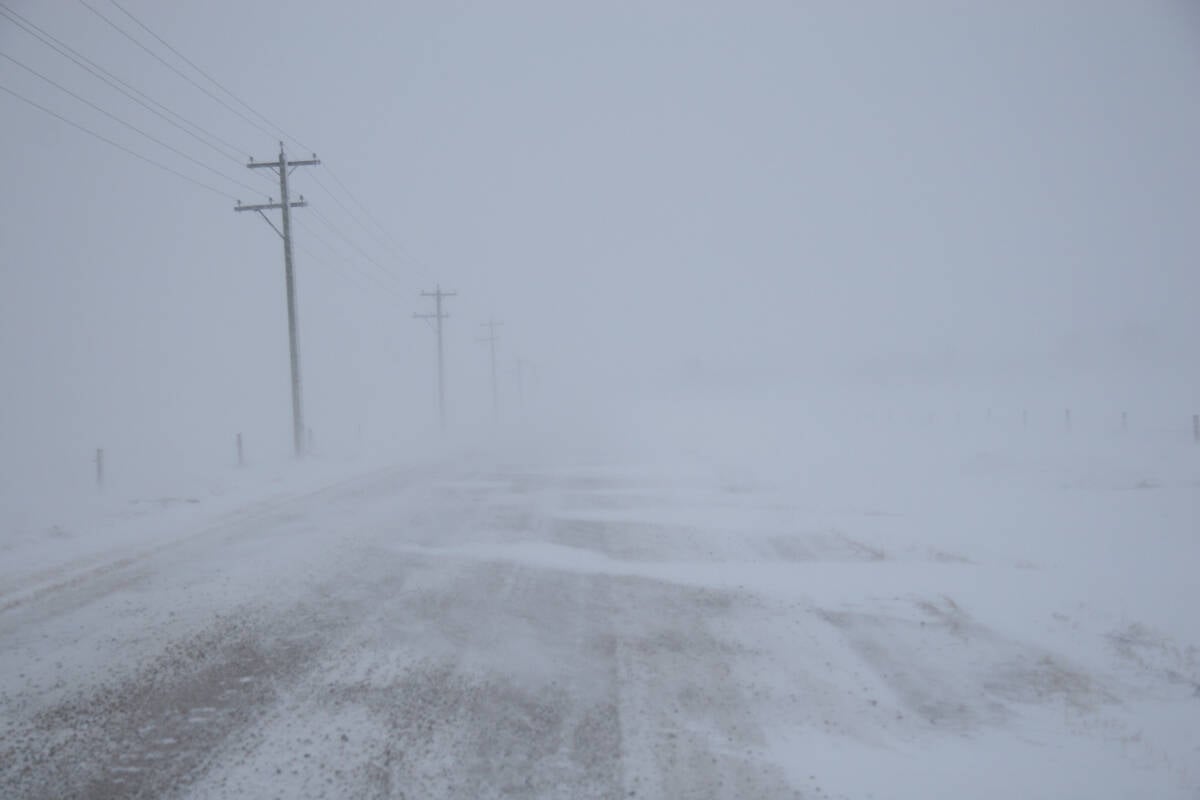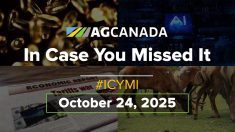Innovative thinking and the ability to adapt allowed most farmers and ranchers to survive last year’s dry conditions. Some, in fact, have gone on to establish businesses prompted by the needs of those difficult times.
Ranchers with dried-out pastures and a shortage of feed, for example, maintained their herds with alternative feeds such as canola and even some weeds. Farmers with dried-out crops, such as Camile Baillargeon of Edam, Sask., baled them for feed.
“But when I advertised our baled canola, buyers were wondering how to feed it,” said Baillargeon, who farms with his parents.
Read Also

Volatile temperatures expected for this winter
DTN is forecasting a lot of temperature variability in the Canadian Prairies this winter. Precipitation should be close to average.
“I’d already had it feed tested so they knew what they were getting, but they thought the cattle might not eat it. They suggested I grind it and blend with other feeds to make it more appealing.”
So he visited his alma mater, the University of Saskatchewan, where a professor in the animal science department gave him information from Agriculture Canada’s research centre in Melfort, Sask., which detailed the nutritional benefits of grinding forages.
After many conversations and consultations, he bought a portable feed grinder in September.
He also met with Bryan Doig, a livestock agrologist with Saskatchewan Agriculture in North Battleford. Doig suggested Baillargeon, who has his bachelor of science in agriculture, join the Saskatchewan Institute of Agrologists and with this professional status add feed testing and rationing to his feed grinding service.
Doig helped him become proficient with CowBytes, ration-balancing software for beef cattle.
The result was Baillargeon Farms Ltd. Tub Grinding, offering mobile tub grinding, feed testing and balancing and livestock nutrition consultation. He offers this service within a 200 kilometre radius of Edam, and farther if offered several days of work.
“I charge for the tub grinding and offer the feed rationing at no additional cost,” he said.
“To carry out the feed rationing, I need to have the feed analyzed, so I take the samples free of charge, but the producer pays for the lab analysis. In short, what I’m offering is value-added custom grinding according to a feed analysis and the nutritive needs of the animals.”
His fee also includes Feed Stuffs, a newsletter that contains business and nutritional information, and classified ads.
“It has become a networking vehicle for my customers.”
Baillargeon also does feed consultations, rationing and testing for clients who don’t require his grinding service.
He also has tentative plans to offer even more.
“If indicated by the feed analysis, I may begin to provide a total blended package by incorporating a liquid supplement during grinding. I may also start to offer cost analysis – the cost per pound to produce a calf – because the biggest cost of cattle production is winter feeding, so you don’t want to give more feed than necessary but you don’t want to skimp either. And you don’t know these costs without analysis.”
Doig is delighted with the range of the new service and encourages its use.
“These are the tools needed to create a cost-efficient winter feed program that meets the requirements of the herd.”
Taking into consideration last year’s difficult growing season, Baillargeon is pleased with the steady growth of his new business and thinks it will grow faster in more normal years.
“Cattle numbers should grow, and average crops should mean an average straw and hay supply,” he said.
“But mainly, after a winter of paying for winter feed, producers will realize what the cost of winter feed is. When they didn’t have to buy it, they sometimes took it for granted. Now, realizing the cost, they’ll want to get the most for their money, and they can do this by grinding, which results in less waste and better utilization and conversion, and balancing their rations.”














